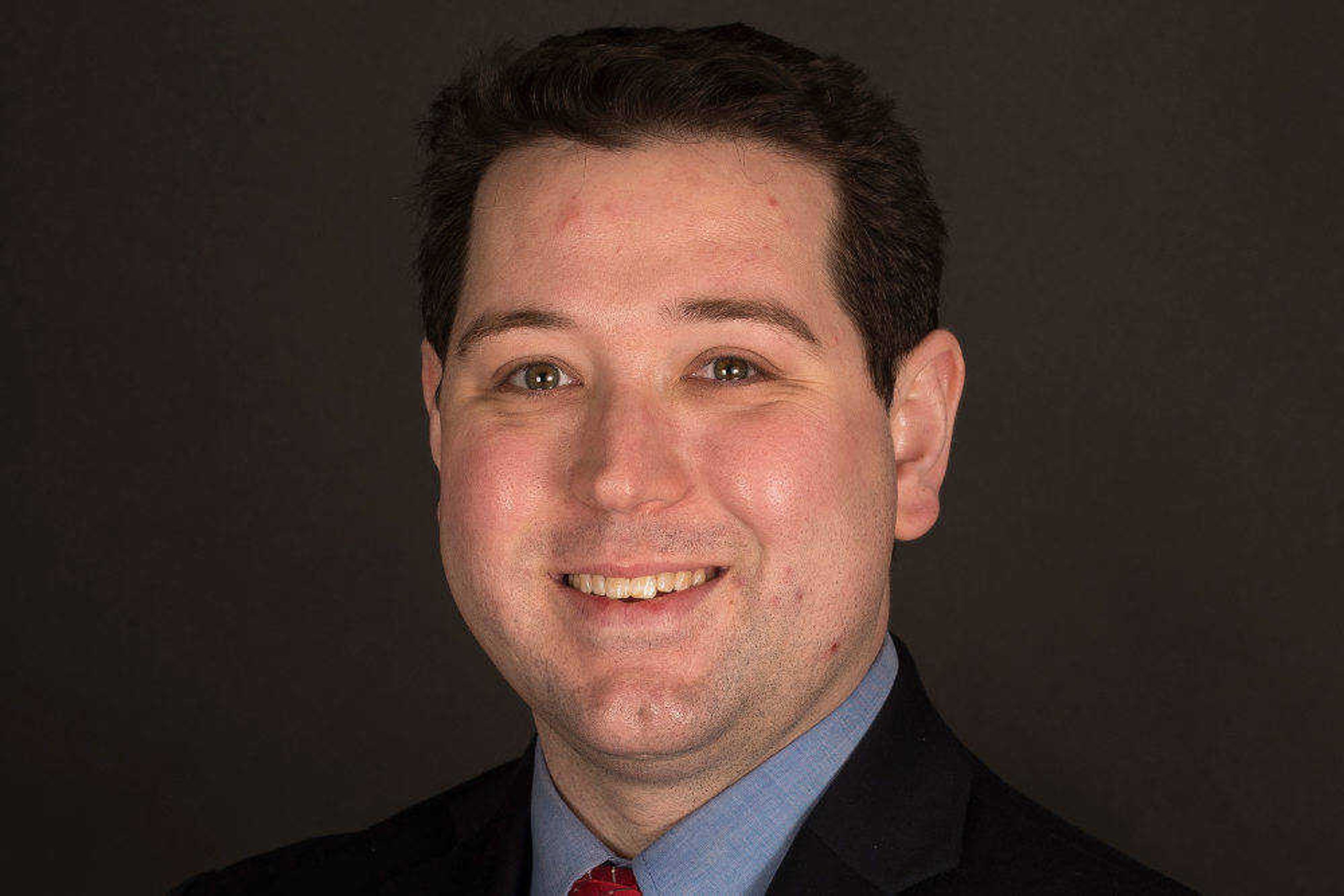Opinion: Automation and our jobs
What’s next in automation as Missouri minimum wage increases? Missouri’s minimum wage will increase to $8.60 per hour in January, thanks to the voter-approved Proposition B that appeared on the November ballot. The increase is part of a four-year escalator that will raise the minimum wage to $12/hour in 2023 for non-exempt employees...
What’s next in automation as Missouri minimum wage increases?
Missouri’s minimum wage will increase to $8.60 per hour in January, thanks to the voter-approved Proposition B that appeared on the November ballot. The increase is part of a four-year escalator that will raise the minimum wage to $12/hour in 2023 for non-exempt employees.
Proponents argue it’s time to increase the minimum wage to help those on the low end of the economic spectrum, closing the gap in income inequality. Opponents suggest raising the minimum wage leads to fewer jobs that less expensive automation could accomplish.
The Show-Me Institute, a politically conservative think tank in St. Louis, released an essay in September 2018 by William E. Even and David A. Macpherson that claimed a $12 minimum wage would lead to a loss of 11,200 jobs in Missouri and do little to raise household incomes.
Of the total number of projected jobs lost, 57 percent would come from teenage employment where the individuals are, in most cases, not the primary household income providers and, in most cases, still live with their parents. The next highest age group comes from those ages 20 to 24.
Education is another factor. The study estimates 42 percent of the jobs lost will come from those with some high school education but no diploma. Another 30 percent come from those with a high school diploma but no college education.
The top five occupations most likely to lose jobs, according to the study: cashiers, cooks, restaurant wait staff, retail sales workers and child care workers.
Black workers and other minorities would be disproportionately affected by the increased minimum wage, the authors wrote.
“While Black workers make up 12 percent of all workers, they are forecasted to bear 18 percent of the job loss,” the essay states. “Female workers are also predicted to account for a disproportionate share of the job loss. Women are 49 percent of the Missouri workforce but are predicted to bear 63 percent of the job loss.”
In their National Bureau of Economic Research (NBER) paper titled “People versus Machines: The impact of minimum wages on automatable jobs,” authors Grace Lordan and David Neumark confirm the disproportionate effect and point to automation in their explanation.
“On average, females are affected more adversely than males: in the aggregate estimates … the negative estimate is negative and significant only for females, and is 10 times larger, indicating that, for females, 10 percent increase in the minimum wage reduces the share of automatable jobs (among the low-skilled) by 0.78 percentage point (an elasticity of −1.53). Across industries, these negative effects for females are concentrated in manufacturing, services and public administration. For males, none of the industry-specific estimates are statistically significant, but the estimated effects are negative and sizable for manufacturing and retail.”
For Missouri, the increase is 9.55 percent from the 2018 minimum wage ($7.85/hour) to 2019 ($8.60/hour). Over four years, the increase from the current $7.85/hour to $12/hour in 2023 would be 52.87 percent, possibly leading to a significant vacuum in low-skilled occupations.
“Our work suggests that sharp minimum wage increases in the United States in coming years will shape the types of jobs held by low-skilled workers and create employment challenges for some of them,” the authors wrote. “Given data limitations, we cannot address the permanence of the effects. However, the decision to use labor-saving technology seems likely to be relatively permanent, especially if — as is becoming increasingly common — minimum wages are indexed so that a minimum wage increase results in permanently higher relative costs of low-skilled labor (Sorkin, 2015)”.
On the other side of the issue, the 2014 report by Michael A. Krassa and Benjamin Radcliff titled “Evidence That Higher Minimum Wages Improve Economic Well-being” claims the net overall effect of raising the minimum wage is a plus.
“Although correlation does not prove causation, the evidence we have assembled strongly suggests that higher minimum wages do indeed work to the financial betterment of society as a whole,” the authors wrote. “Even if some low-wage jobs disappear as minimum wages rise, the end result is greater economic security and prosperity overall for people who live and work in countries with the higher minimums.”
However, Yale Brozen’s essay for Chicago Booth Review, an edited version based on a lecture from May 12, 1965, adds more historical context to the discussion of minimum wage and automation. Brozen’s argument of more than 50 years ago is that we shouldn’t fear automation as much as we should an ever-increasing minimum wage that prices unskilled workers out of jobs. It’s not the automation that pushes workers out. It’s the increasing minimum wage that leads to more automation.
“Instead of castigating automation for causing unemployment, we should be inviting more automation to help solve the present unemployment problem,” Brozen opined. “The overpricing of labor in industries such as coal mining and the setting of high minimum wage rates by statute for unskilled labor have caused unemployment because many are not productive enough to be employed at these wage rates. With more technological advances, productivity would be increased. The workers presently priced out of the market would be employable if their productivity were increased, and it would be by technical progress.”
States increasing the minimum wage are set to find out whether these arguments are true. For workers, the case is strong to develop skills, either through post-high school degrees or technical training, which would lead to higher wages. In reality, that’s the best way to provide market-based wage increases as technology increases and leaves human work to those with special skills and expertise.
Connect with the Southeast Missourian Newsroom:
For corrections to this story or other insights for the editor, click here. To submit a letter to the editor, click here. To learn about the Southeast Missourian’s AI Policy, click here.






